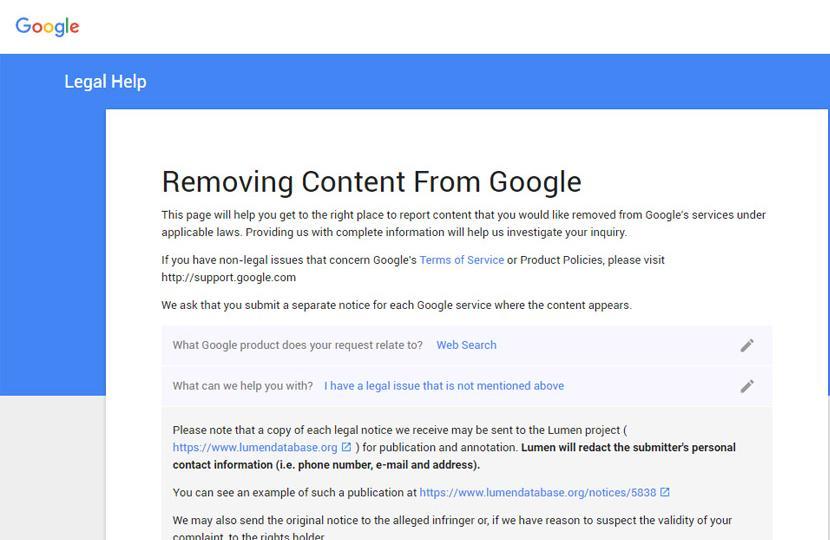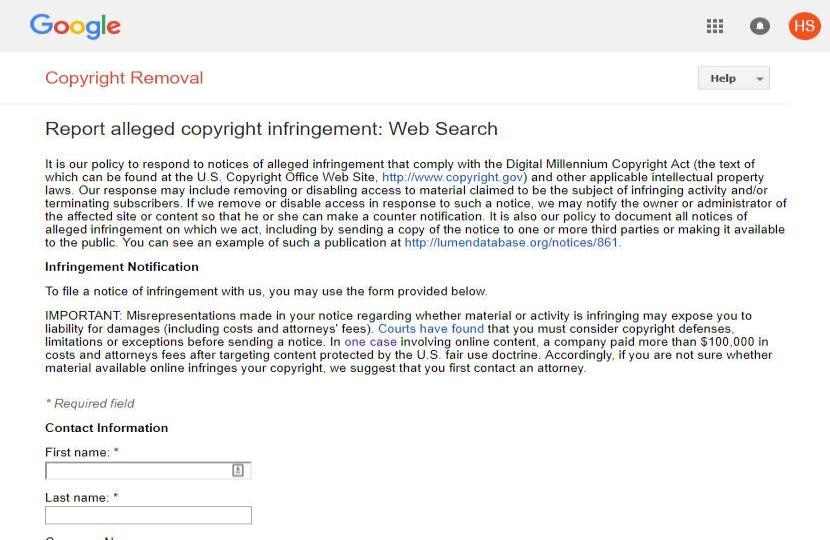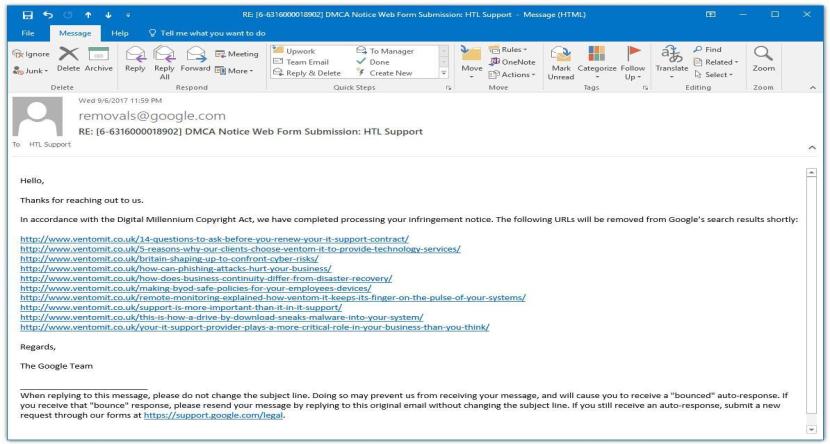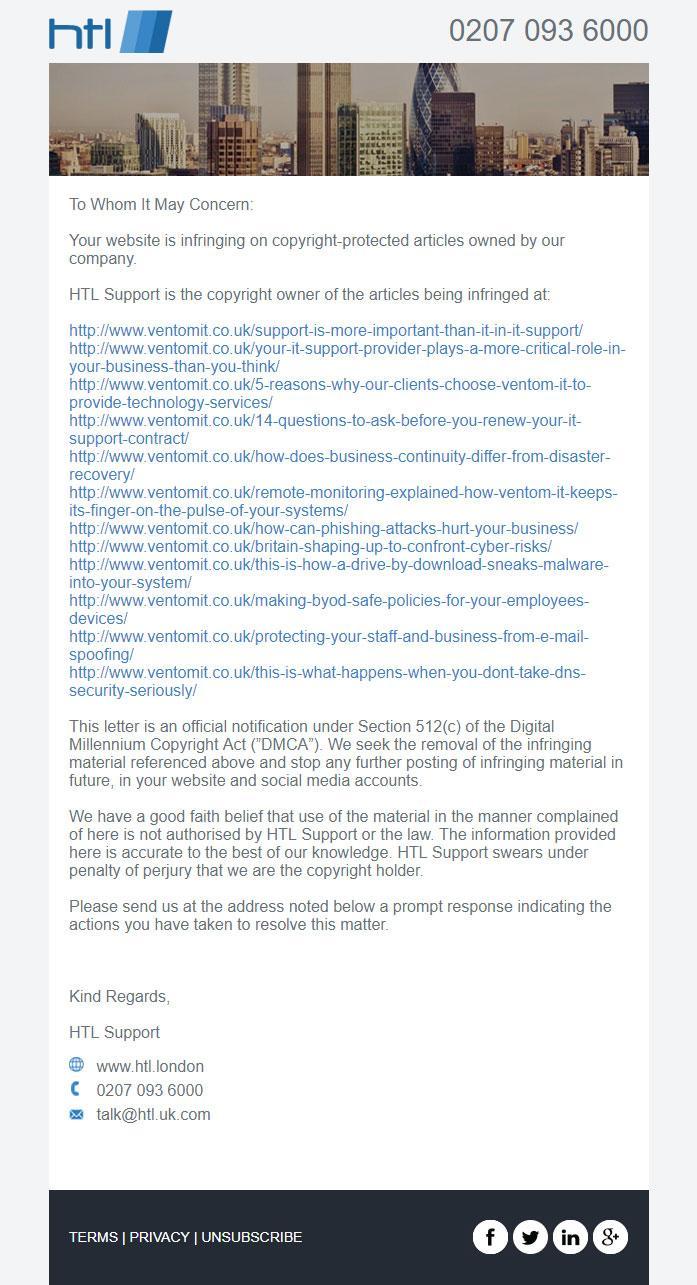Dealing with Plagiarism: What To Do When Your Web Content Gets Stolen

Creating and maintaining your own blog is very hard work. It entails hours of work thinking of creative titles, working on themes, and producing quality content. Plus, you need to keep your site relevant by updating it with new content regularly, performing SEO, and promoting to new and existing clients through social media. All this takes time and effort.
So imagine then, when someone simply copies the whole of your post and puts it up on their own website. Imitation, as they say, is the greatest form of flattery, and it does feel good to know that another company thinks highly enough of your unique content to use it for their own websites without permission. But clearly, this immoral and unprofessional behaviour is tantamount to theft and can leave the original content creators feeling hard done by. All that work and someone else copy-pastes your articles just like that.
Well, that’s exactly what happened to us when an IT Support company, Ventom IT (which we had never previously heard of), copied our whole blog and published it on their website. They even went as far as promoting the duplicate content on their social media channels! Obviously, that’s very frustrating for us and to anyone else who has had this experience.
Plagiarised Blog Content
But it’s not as bad as it seems. In fact, that act of plagiarism may harm the thief and his/her/their website more than it affects the original owner or copyright holder. We’ll discuss that in more detail in the next sections, but first:
What is plagiarism?
The general understanding most people have of plagiarism is that it’s copying someone else’s work and ideas. According to the Merriam-Webster dictionary, to plagiarise means:
- To steal and pass off (the ideas or words of another) as one's own;
- To use (another's production) without crediting the source;
- To commit literary theft; and
- To present as new and original an idea or product derived from an existing source.
Plagiarism on the internet, or ‘content scraping’ as it is generally known, has become very common, thanks to automated software. This type of tool scours the web for high-quality and indexable content relevant to the scraper’s audience and industry, copies it, and then uses that stolen content on their site as if it were their own. The process has given them a way to quickly build up their own content and drive traffic to their site.
Why stealing content is worth it to others
While it is very unethical, the practice has thrived in the online world mainly because for a long time, search engines have been unable to identify original content from those that are merely copied. This has allowed scrapers to benefit from other people’s valuable work. The traffic they are getting from plagiarised content–whether it’s outright copy-pasting or simply rewriting an article but essentially using the same ideas, is enough for them to continue with this unprofessional activity.
However, most companies, organisations, and reputable bloggers and website owners know better than to resort to plagiarism. This is not only because we are fully aware of the penalties if or when found out, but more because we recognise how much effort goes into every piece of unique, quality content. We strive to build our brand from our own hard work and not anybody else’s.
It’s therefore disappointing to realise that companies like Ventom IT are willing to risk their reputation and potentially damage their search engine rankings just so they can get free content. But the reality is that, there are many other sites who continue to do this.
Google quality guidelines
But wait, if plagiarisers and content scrapers are still getting away with their practices, does this mean that Google is fine with what they’re doing? Definitely not. It’s common knowledge that Google has always put a premium on quality, organic content. Websites that are found to be using link schemes and black hat SEO tactics to get ahead in the search engine rankings game could be penalised.
Google’s quality guidelines indicate the specific techniques that they consider “deceptive or manipulative behaviour,” and scraped content is included in the list of techniques that should be avoided. If a site is considered not in compliance with any of the guidelines, Google could “take manual action against” it. Websites that are manually reviewed and then confirmed to be in violation are flagged.Most notably, “flagged sites can be demoted or even removed entirely from Google search results.”
While demotion or removal from search results would be just desserts for those who steal content, there is no guarantee that Google can identify and penalise scraped content automatically and in a timely manner.
There have even been reported instances where the site with scraped content ranks higher in search than the actual owner of the content. We’re hoping that as its algorithm continues to improve, Google will be able to quickly filter out scraped content, or even articles that were clearly just spun, and immediately demote the search results of the offending website.
Reporting plagiarised or scraped content
As it is, however, those who have fallen victim to content scraping can start the process of having Google deindex the duplicate page by filing a request citing the Digital Millennium Copyright Act. To file a notice of infringement under DMCA, here’s what you need to do:
-
Login to your Google account.
-
Start by clicking on the link for filing a spam report. This should take you to a page where there are a number of other links to reporting pages in case the problem is not spam.
Select 'Copyright and other legal issues'
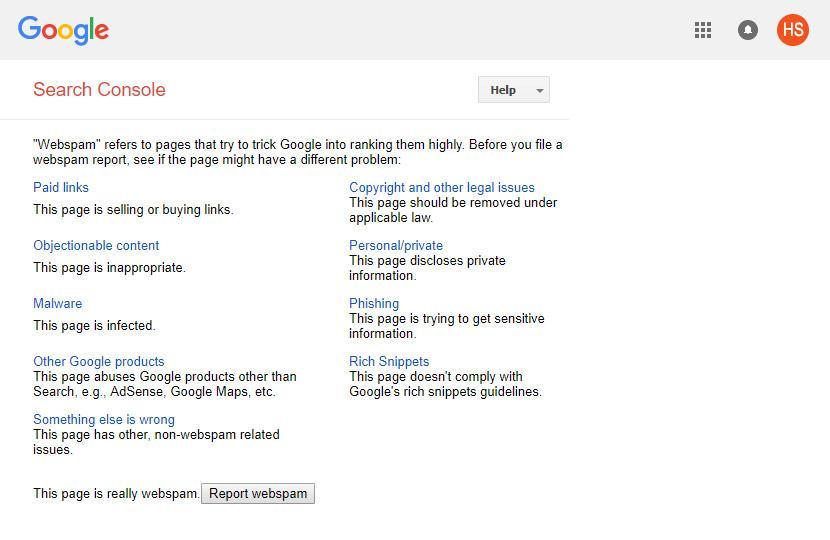
-
Select ‘Web Search’ > I have a legal issue that is not mentioned above > I have found content that may violate my copyright > Yes, I am the copyright owner or am authorized to act on the copyright owner’s behalf’> Other (the type of content)
Alternatively, you may go directly to the Copyright Removal page.Click the image to enlarge
-
Fill out the form found on the page. Other than providing your basic information (name, email address), you will also be asked to include a detailed description or an excerpt of the copyrighted work. Be ready as well to provide the URLs of both the original and copied content.
Click the image to enlarge
-
Complete the form by affixing your digital signature as confirmation of the veracity of your statements. This makes your request a legal document.
-
After successful submission, you should see your notices on your dashboard.
According to this page, Google’s response to a notice of infringement that complies with the DMCA “may include removing or disabling access to material claimed to be the subject of infringing activity and/or terminating subscribers.” In addition, the owner or administrator of the site in question may be duly notified.
After Google has reviewed your complaint and finds it valid, you will receive a response from them, stating the removal of the infringing material(s) from search results.
Contact the website owner
Another option in resolving plagiarism is to contact the owner of the website that used your content and ask them to remove the copied content from their site or page. If they realise that they’ve been found out, there’s always a chance that they will simply comply.
Using the DMCA as the basis for filing a complaint elevates the plagiarism incident from an issue of ethics to a legal one, and can provide a more effective method for having stolen content removed.
You may send a DMCA letter to the infringer requesting them to remove the plagiarised materials.
While reporting to Google can get you positive results, registering your website with DMCA.com may offer a more convenient and permanent way of protecting the content on your site, especially if or when the instances of plagiarised content become more frequent.
DMCA.com offers a range of content protection services for a small fee (or even for free if you opt for a basic plan). These services include:
- Takedowns of stolen content;
- Providing DMCA protection badges;
- Website content protection.
With plagiarism becoming a common practice on the Internet these days, finding your valuable content used by another site without permission or attribution should not come as a big surprise. But if that happens, don’t despair. There are ways to have the stolen content taken down and even have the offending website penalized. We hope these tips will help guide you through the process of resolving the issue. Good luck!
By accepting you will be accessing a service provided by a third-party external to https://www.htl.london/

